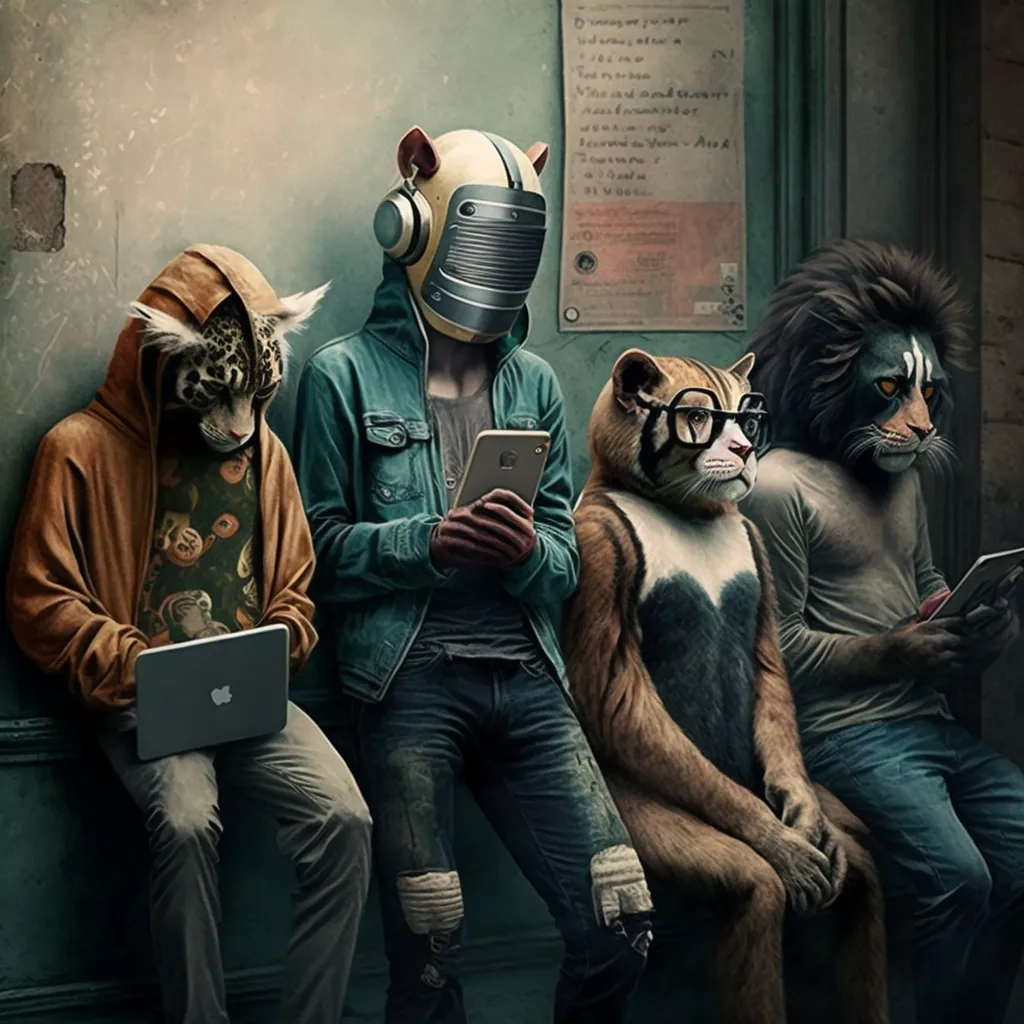
I am starting my blogcast with 3 If statements which are relevant and prevalent in the current world. When the whole Web 3.0 community is moving 10x faster if the infrastructure is moving 2x slower, then a bottleneck that restricts mass adoption has been formed, or "bottlenecking" is occurring.
Imagine if you were born in the Digital Era, in your 20s where everyone around you is faceless and is represented by apes, 0xjvbjcbdcbjk, Kitties or other masked figures.
What if each place is isolated from the others where there are no aeroplanes and airports if you want to move to another continent or country for an emergency? And If you want to move to another continent or country at any cost, you need to climb to the top of the tallest mountains and jump with parachutes on your back. Some people may call it interoperability, bridging, swapping etc…
What if there were no phones around you and the only way to communicate was by mouth and you could only talk with people in your region? The network you can make will be much smaller and stealthier where you will be restricted to this small community.

This was the Web3 we were now seeing and it is still pretty much the same with some minor enhancements. People are building Products, protocols and layers to bring much-needed feasibility to the blockchain and that's wonderful. But it needs to be more flexible for practical use where mass adoption can be achieved such as many consumers like eBay or Amazon. The Web3 we are seeing now is not the ‘final product’ as it doesn't offer enough flexibility and usability for mass adoption.
Dispersion
Web3, the decentralized web, is in its infancy, with early adopters testing and trailblazing solutions with users. One of the biggest challenges facing the adoption of Web3 technologies is the lack of a unified, simple way for users to manage their digital identities. In the current decentralized structure of Web3, users are forced to use scattered names, faces, airports, aeroplanes, and passports, making it difficult for them to access decentralization in a user-friendly way.

The decentralized structure of Web3, with its use of smart contracts to create transparent and trustworthy networks with reduced transaction costs, is a stark contrast to the centralized structure of Web2. However, even some decentralized autonomous organizations (DAOs) are not completely decentralized in terms of power, governance, and structure.
To overcome the slow adoption and monetary pull of Web3, we need to incentivize users to use decentralized applications (DApps) for value creation in non-financialized reputation credits. Restoring the identity and reputation layer on Web3 is essential for scaling and proving human contributions.
Reputation is one of the most useful indicators of social interaction on the internet, and it should reflect an individual's ability to contribute to and benefit from their peers. This reputation scale can be used not only on Web3, but also on Web2 to improve online communities.
The lack of digital identity solutions on Web3 protocols is a major hurdle. There are no real-world solutions that solve the reputation and identity crisis on Web3. As a result, user credentials, transactions, assets, non-fungible tokens (NFTs), reputations, and works are scattered across multiple chains and wallets, making it anonymous and difficult to manage. While it may seem crazy, this is the reality of the current situation.
Reflection
In my previous stint at a web3 project, I encountered a problem in the crypto space regarding the scattered reputation and identity of Web3. As we delved deeper into the subject, we discovered a significant gap that needed to be filled in order to ensure the smooth operation of decentralized autonomous organizations (DAOs) and decentralized social networks (DeSocs).

My previous company, SalesboxAI, allowed users to find potential accounts based on intent data from multiple partner websites. This data was used for marketing campaigns to speed up the sales cycle, by pulling in product offerings and discount codes based on user intent.
My cofounders and I have had both bitter and good experiences finding the right people to work with, whether it could be a community member, to hire or an early user. While doing our research we realized that we were not alone. This inspired us to create linkDOT, a platform that helps users connect with the right people and projects in the blockchain world. By bridging the gap in reputation and identity on Web3, we aim to make it easier for individuals and organizations to collaborate and build great things together.
Unification
With our combined life experience in Blockchain technology and professional background of working with startups, we aim to build a " reputation and identity " layer over the Web3 where people can search and discover the right people (Pseudonymous or original names) based on their needs by unifying the scattered reputation and credential information

We are building linkDOT, an Intent data layer on Web3 with a social graph where the users will have a unified reputation profile to showcase all their credentials, Proof of Work, and Proof of skills on-chain and also help discover opportunities and people with a shared vision.
linkDOT aims to help Organisations and their customers build a stronger community with support from our smart discovery features. We are working hard to make data easily accessible and meaningful making it easy for everyone to find the right opportunity, team, and community.
After learning about the Hive community from @Blockanarchist1, I believe this community is a playbook for community engagement and collective value creation. This inspired us to add an engage-to-earn model similar to what hive has to our roadmap. We are very excited to engage with the hive community and start integrating the hive credentials, to begin with.
